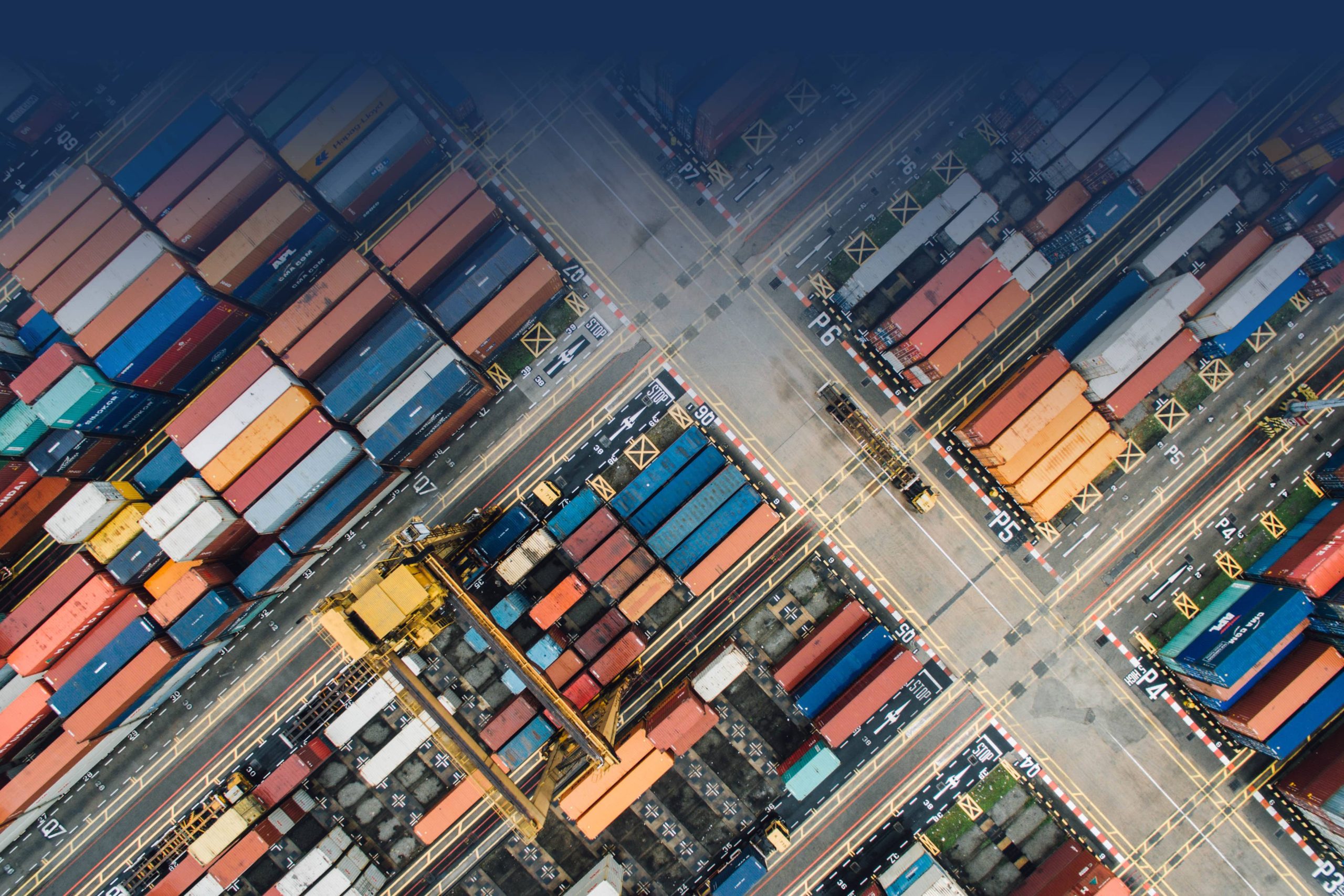
In the logistics industry, understanding the nuances of transport services is essential for optimizing efficiency and cost-effectiveness. This article delves into the intricacies of Full Truck Load (FTL) and its distinctions from other transport options. By exploring the benefits, considerations, and comparisons with alternative modes, readers will gain valuable insights into the advantages of FTL and how it can meet their specific transportation needs.
Understanding Full TRUCKLOAD (FTL)
Full Truck Load (FTL) refers to a shipping arrangement where a dedicated truck is used to transport goods for a single customer, without sharing the space with other shippers. FTL is a preferred option for businesses that have enough goods to fill an entire truck, as it offers numerous advantages over less-than-truckload (LTL) shipping.
By opting for FTL, businesses can ensure that their goods are the sole focus of transportation, reducing the risk of damage or loss associated with multiple handling points. Moreover, FTL provides a faster and more direct delivery process, as there are no stops to pick up or drop off other shipments along the way. This level of exclusivity and efficiency makes FTL an attractive choice for companies seeking a secure and streamlined shipping solution.
Furthermore, FTL allows for greater flexibility in scheduling, as the entire truck is dedicated to a single customer. This means that businesses can have more control over the pickup and delivery times, aligning the transportation process more closely with their specific operational needs. Overall, FTL provides a sense of belonging and ownership over the shipping process, offering a level of assurance and customization that is highly valued by businesses with substantial shipping requirements.
Key Differences From Less Than TRUCKLOAD (Ltl)
Key differences between Full Truck Load (FTL) and Less Than Truck Load (LTL) shipping services can be identified in their utilization of dedicated versus shared transportation space, impacting the level of exclusivity, efficiency, and control over the shipping process for businesses.
- FTL:
- FTL shipments utilize dedicated truck space, where the entire truck is reserved for the exclusive use of one shipper.
- This provides businesses with greater control over the shipping process, as the entire truck is dedicated to their cargo, ensuring direct routes and minimal handling.
- LTL:
- In contrast, LTL shipments combine freight from multiple shippers into a single truck.
- This shared transportation space results in multiple stops for pickups and deliveries, potentially leading to longer transit times and a higher risk of handling-related damages.
These distinctions are crucial for businesses to consider when deciding between FTL and LTL services, as they directly impact the level of control, speed, and handling risks associated with their shipments. By understanding these differences, businesses can make informed choices that align with their specific shipping needs and priorities.

Benefits of Opting for FTL
Choosing FTL gives businesses more control, efficiency, and security in shipping goods, with dedicated truck space and less handling risks. By choosing FTL, businesses have the advantage of having their goods as the sole shipment in the truck, eliminating the need for multiple stops and transfers.
This results in a streamlined and more direct delivery process, reducing the risk of damage or loss associated with frequent handling. Additionally, FTL provides businesses with the flexibility to schedule pickups and deliveries according to their specific timelines, allowing for better coordination of supply chain activities.
Furthermore, FTL can lead to cost savings for businesses in the long run. With the ability to transport a larger volume of goods in a single shipment, companies can benefit from economies of a lower per-unit transportation costs.
This can be particularly give an advantage to businesses with substantial shipping needs or those transporting high-value or fragile goods that require enhanced security measures. Overall, opting for FTL can provide businesses with a sense of assurance, efficiency, and control over their shipping operations, contributing to a more reliable and secure supply chain.
Considerations When Choosing FTL
When selecting FTL services, businesses should carefully assess their freight requirements and consider the potential impact on their supply chain efficiency. To make an informed decision, there are several key considerations to keep in mind:
- Volume and Size of Freight:
- It is essential to evaluate the volume and size of the freight being transported. FTL is most cost-effective when shipping large quantities or oversized items. Understanding the specific dimensions and weight of the cargo will help in determining whether FTL is the most suitable option.
- Delivery Time and Flexibility:
- Businesses should consider the urgency of their shipments and the required delivery schedule. FTL services offer greater predictability and faster transit times compared to other transport modes. Assessing the flexibility needed for delivery timelines is crucial in ensuring that FTL aligns with the business’s operational requirements.
Careful evaluation of these factors will enable businesses to align their freight transportation needs with the most suitable service, ultimately optimizing their supply chain operations and fostering efficiency.
FTL Vs. Other Transport Modes
How do the cost-effectiveness and transit time of Full Truck Load (FTL) compare to those of other transport modes? When comparing FTL to less-than-truckload (LTL) shipping, FTL is often more cost-effective for larger shipments that require the use of an entire truck.
With FTL, the cost is typically calculated per mile or per kilometer, making it a more economical choice for long-distance transportation. Additionally, FTL shipments tend to have shorter transit times since the truck travels directly from the point of origin to the destination without the need for intermediate stops to pick up or deliver other shipments.
In contrast, when comparing FTL to air freight, FTL is generally more cost-effective for large or heavy shipments that are not time-sensitive. Although air freight offers rapid transit times, it comes with a higher price tag, making FTL a more budget-friendly option for businesses looking to transport sizable loads without the urgency of air transport.
Moreover, when compared to rail or sea freight, FTL is often preferred for time-sensitive shipments due to its quicker transit times. While rail and sea freight may offer cost advantages for certain types of cargo, FTL provides a faster and more direct transportation option, especially for businesses seeking efficient and timely delivery of goods.
